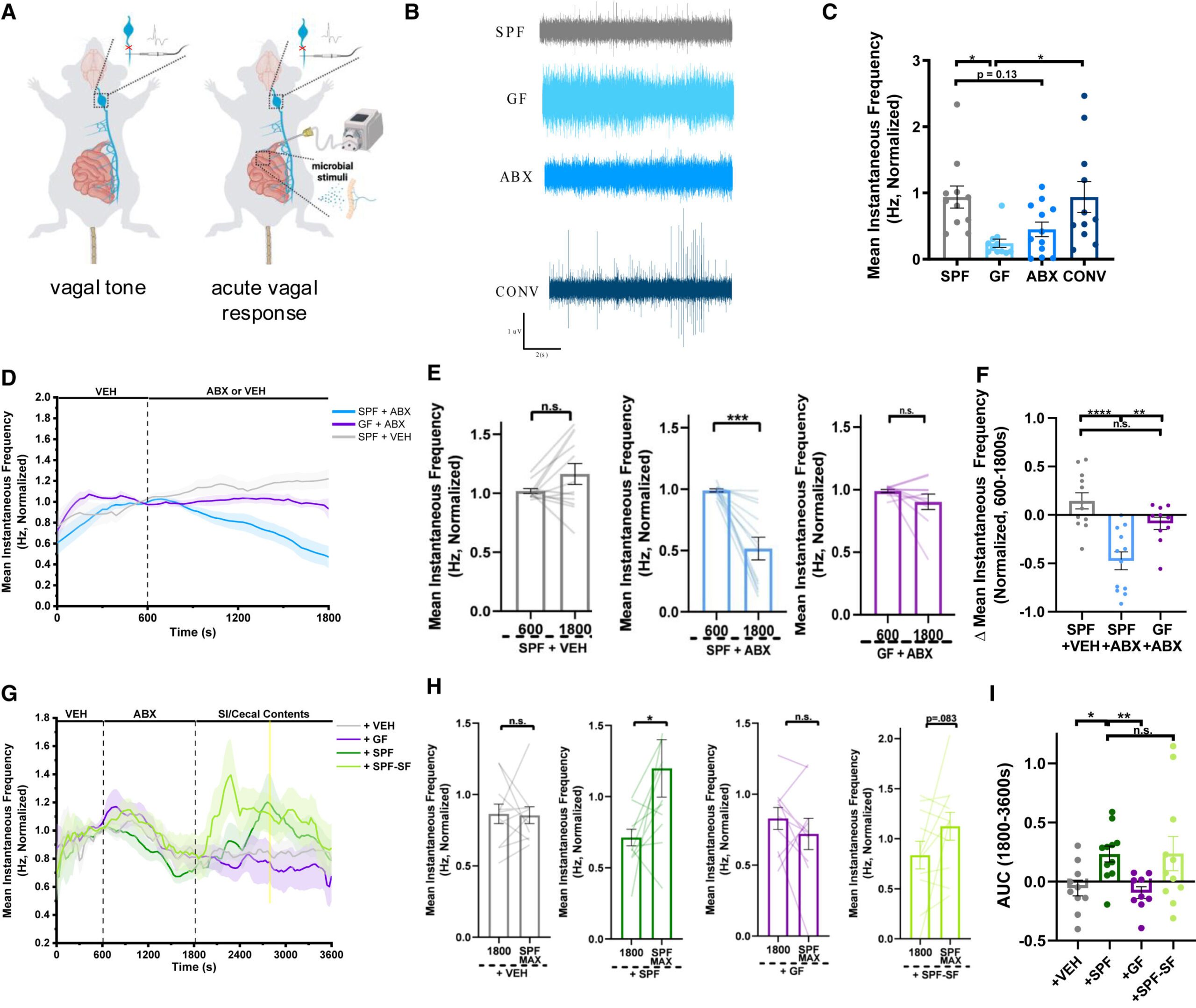

Recent research utilizing an animal model uncovers crucial evidence of the vagus nerve’s involvement in the communication between gut microbiota and the brain, filling an important knowledge gap in this area of study.
Conducted by Kelly G. Jameson, a Ph.D. candidate at UCLA’s Hsiao Lab, the study establishes a definitive link between gut microbiota and vagal nerve function. The findings are detailed in the journal iScience.
The vagus nerve has been recognized for its role in facilitating communication between the gut microbiome—comprised of microorganisms residing in the intestines—and the brain; however, comprehensive evidence has remained scarce. The research team, led by Jameson, noted that mice bred in a germ-free environment displayed significantly reduced vagal activity compared to those with a healthy gut microbiome. Importantly, when germ-free mice were exposed to gut bacteria from normal mice, their vagal nerve activity rose to typical levels.
To further explore this connection, researchers administered antibiotics into the intestines of healthy mice, resulting in diminished vagal activity. In contrast, germ-free mice showed no alteration in vagal activity following antibiotic treatment. Remarkably, restoring normal intestinal fluids from healthy mice not only reinstated vagal activity but did not yield similar results with fluids from germ-free subjects, underscoring the microbiome’s vital function.
The study identified specific metabolites produced by the gut microbiome, including short-chain fatty acids and bile acids, that have the potential to activate vagal nerves via specialized receptors. These metabolites engage distinct groups of neurons within the vagus nerve, activating unique response patterns that extend to brainstem neurons. This illustrates a clear communication route between the gut and the brain.
The findings suggest that the gut microbiome plays a significant role in regulating specific metabolites that influence vagal nerve activation, facilitating chemosensory signal transmission from the gut to the brain. This enhances understanding of the gut-brain axis and paves the way for potential treatments targeting neurological and gastrointestinal disorders.
For more details:
Kelly G. Jameson et al, Select microbial metabolites in the small intestinal lumen regulate vagal activity via receptor-mediated signaling, iScience (2024). DOI: 10.1016/j.isci.2024.111699
Reference:
Research highlights direct communication between the gut and brain via the vagus nerve (2025, February 11)
retrieved 12 February 2025
from https://medicalxpress.com/news/2025-02-reveals-gut-brain-communication-vagus.html
This document is under copyright. Aside from fair use for private study or research, reproduction of any part requires written permission. The content is intended for informational purposes only.









